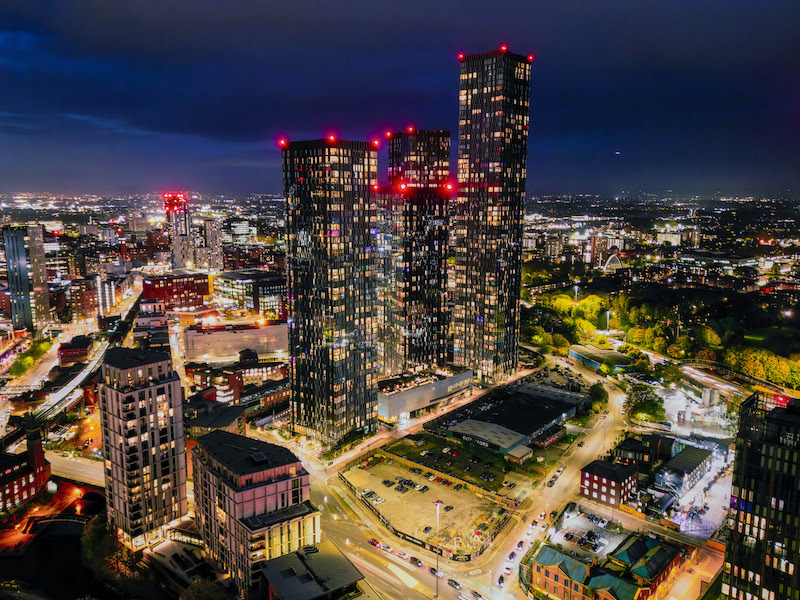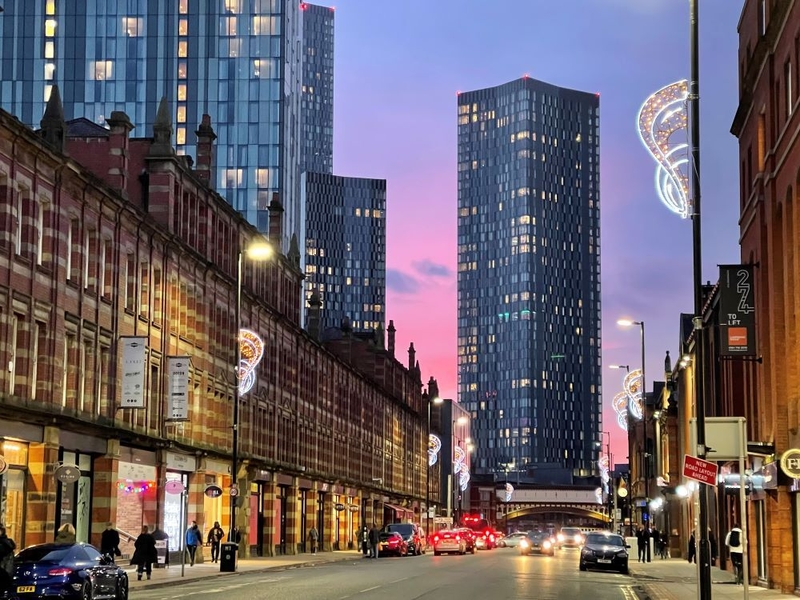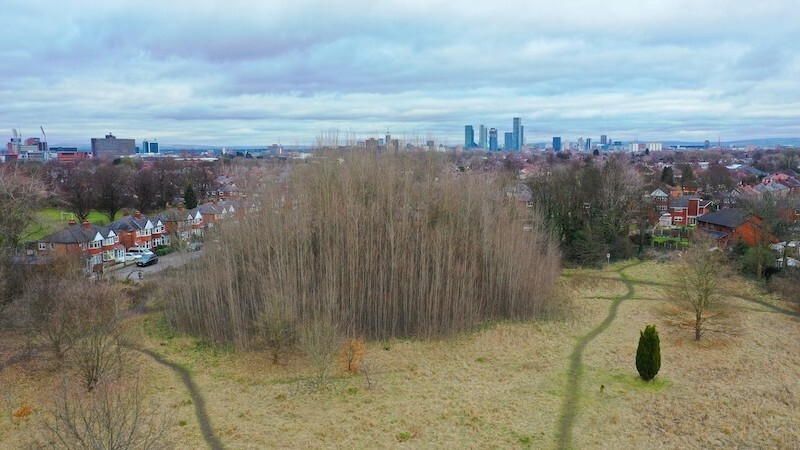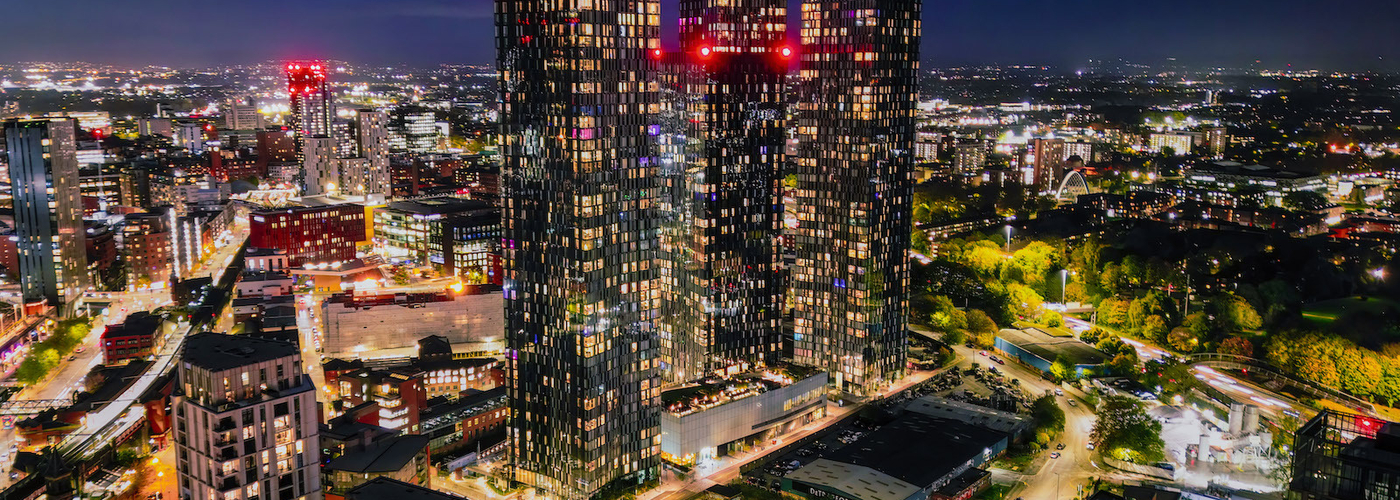David Adamson explores the current urban planning buzz-phrase
Fingers crossed, we’re now in what is (hopefully) a post-pandemic era. While much of The Covid Years was crushingly confusing, unsettling and tedious, one aspect of life that many seemed to enjoy was how our daily lives became that bit smaller - gone were the unending commutes and myriad appointments across multiple locations. The centre of the day became a gentle stroll to the shops.
One idea that has been energised by the shift in how some people want to interact with where they live is the notion of the ‘15-minute city’. This was an idea popularised in 2015 by urban planner Carlos Moreno who suggested we plan our cities to have everything we need within a 15 minute walk from schools and shops to doctors and sports facilities.
It's hard to see a negative in improving neighbourhood facilities, but there's a real need to be mindful about how it's applied in a city where we still haven't tackled a lot of the massive inequalities
With the ‘20-minute neighbourhood’ scheme based on ‘living locally’ already long-established in Melbourne, and something similar the basis of a 2020 mayoral campaign in Paris, it begs the question - would it work in Manchester?
According to Dr Jonathan Silver, Deputy Director at the University of Sheffield’s Urban Institute, it represents an opportunity to reinvigorate not just Manchester’s city centre but the region’s vast urban sprawl.
“At a certain level, who could argue with such an idea?” said Jonathan. “Think of all the council housing estates built since the interwar years, and the massive expansion of suburban-type estates along motorways that have characterised much of the planning of Greater Manchester. These built environments lack facilities, social infrastructure and opportunities that are available without jumping in a car or using an often terrible public transport.

“Having access to a range of amenities a walk away from our doorsteps would mean healthier neighbourhoods and communities. People cycling to the library, children skipping their way to the swimming baths and so on. Why do people like walking around cities such as Barcelona so much? I’d suggest it’s because they offer a vision of this type of urban living that has become less common in the UK.”
Like a lot of possibly utopian planning concepts, it’s crucial to consider how to bring everyone along, not just those who can afford it, according to Dr Morag Rose, Lecturer in Human Geography at the University of Liverpool.
“It's hard to see a negative in improving neighbourhood facilities,” said Morag. “But I think there's a real need to be mindful about how it's applied here, because over the decades I've been working in the city we still haven't tackled a lot of the massive inequalities.

“There's a real issue of wealth inequality across Manchester. I think that theoretically this would be a really good way of tackling that, so in that sense I think it's really hard to argue against.
“But we always need to ask, whose city is this? Who is this going to be benefiting at this particular time, and to make sure that it is genuinely benefiting people who most need it. But ultimately the idea of improved local facilities is fundamentally a good thing.”
While the lucky few in the likes of Deansgate Square already enjoy a level of immediate and luxurious access akin to JG Ballard’s High Rise, the 15-minute city can’t be allowed to be the basis for widespread gentrification, explained Dr Rose.
“Some of the recent luxury apartment developments are actually turning their back on the city,” she said. “If you're providing everything in your block, it’s creating something that's very isolated. Whereas we need genuinely publicly accessible and affordable facilities.

“One of the problems in Manchester over the years has been a concentration on certain kinds of residents and certain neighbourhoods and I think there's a real challenge there - ensuring that everybody is included and living in a place that is decent. It absolutely should not just be about the city centre.
“Any kind of city-building or placemaking always has to involve the people that live and work and use that area. We're not just coming in with a blank slate, and I think often that goes wrong, thinking of some of the processes of gentrification that have gone on across Manchester - the people in an area at the time are not necessarily considered.”
“Some people argue the 15-minute city is a threat on civil liberties and is restrictive. It’s absolutely not about restricting anybody's travel, but I think probably a better job of communication could be done.
“Planning and planners often have a bad reputation. Yes, there are some people who really need cars. Yes, people want to go out of their neighbourhood for very good reasons. But to argue against improving your local environment feels counterintuitive.”

This concern about galloping towards a gleaming ‘city on the hill’, and trampling over people in the process, is echoed by Dr Silver.
“It might seem an idea without a downside but it is also built on a naive idea of the city,” he said. “That we can plan or zone a better future without paying attention to how cities our structured.
“As soon as certain investments are made in neighbourhoods then rents tend to go up, residents find rents unaffordable and displacement occurs. The 15-minute city model just doesn’t seem to acknowledge these processes or address gentrification.
“I’d suggest that without massive state investment in public housing and social infrastructure, the decommodification of housing and much stronger protection for tenants this type of planning approach is only likely to further cement urban inequalities.
“Manchester operates on a market-based economy and with the dramatic impact of austerity on the funding of local authorities over the last decade the capacity for the state to ‘fill in the gaps’ or fund social infrastructure such as gyms or libraries just doesn’t exist.
“Therefore, we are in a position where this model is likely to be realised in already wealthy areas, or create new forms of financial pressure for resource-poor areas that make life more financially difficult for residents.”

Director of the Future Cities Project, Austin Williams, has worries about easy movement by car being sacrificed on the altar of the 15-minute city.
“Today’s 15-minute city is arguably an eco-austerity policy, that limits freedom of movement,” said Austin. “No new cities have been built in the UK for a long time and unsurprisingly there is no intention to start now.
“15-minute cities are not innovative futuristic proposals, they are merely the conversion of our existing creaking urban areas in order to prioritise walking and cycling. This is simply done by restricting cars.
“Roads are being blocked, drivers penalised, lives inconvenienced. And local authorities are being paid millions by central government to continue with the restraint.
“In Hackney in London, the council is planning on closing 75% of all roads to cars. In Oxford, the council is fining residents for so-called ‘unnecessary journeys by cars’. In a cost-of-living crisis, maybe it’s not so surprising that local communities are up in arms.”

What is clear is the 15-minute city is more of a concept than a reality across Greater Manchester. Huge swathes of the conurbation are miles away from achieving it, which might explain why some people in the region have taken to pulling aside planters in LTNs (Low Traffic Neighbourhoods). Although dropping a few planters down to block roads to all but cyclists and pedestrians without adequate consultation and communication seems more of a gesture towards creating the 15-minute city rather than any real desire to do so.
Wealthy areas in the city centre and suburbs have already largely achieved the 15 minute goal, as much by accident as design. Money talks, so Chorlton or Didsbury for example have all the amenities required to tick the 15-minute box as there’s cash to support the butcher, baker and candlestick maker with scarcely any local and national government support. For many across Greater Manchester Carlos Moreno’s idea looks set to remain a focus for debate among the chattering classes and commentators rather than something we can see on the ground.
This article was amended on 31 March.
Get the latest news to your inbox
Get the latest food & drink news and exclusive offers by email by signing up to our mailing list. This is one of the ways that Confidentials remains free to our readers and by signing up you help support our high quality, impartial and knowledgable writers. Thank you!

















